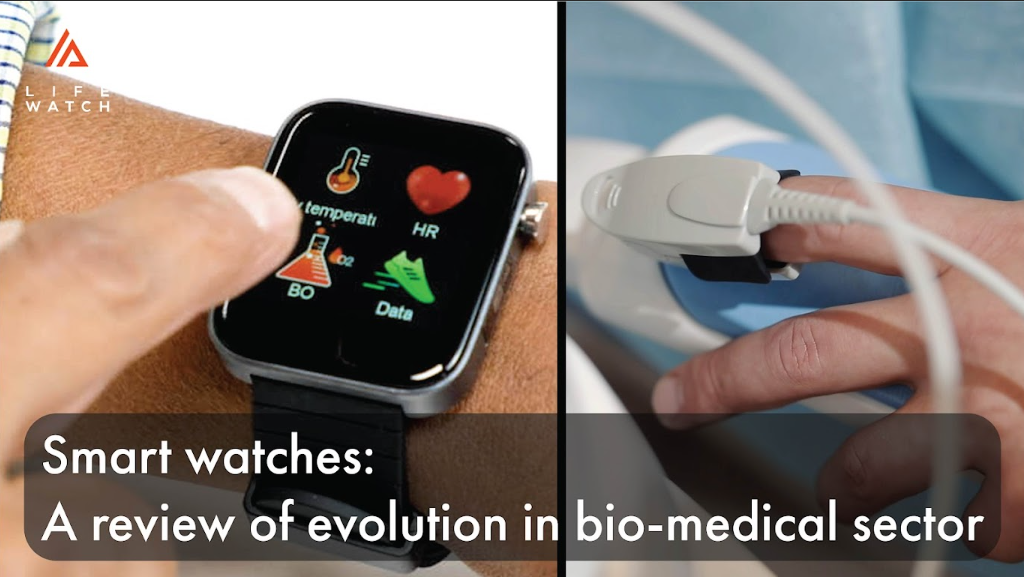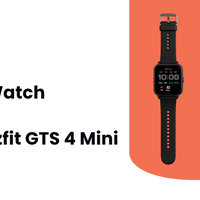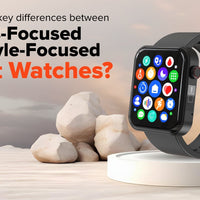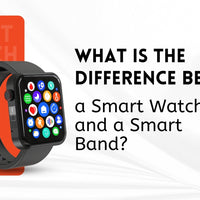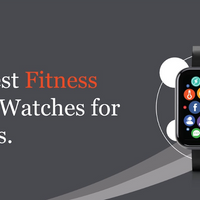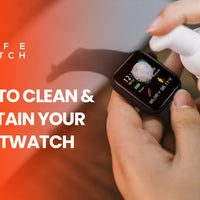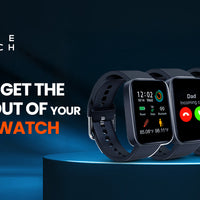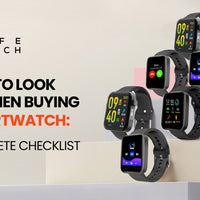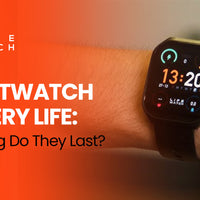The evolution of smartwatches has been nothing short of revolutionary, particularly in the bio-medical sector. From their initial function as simple timepieces, smartwatches have transformed into sophisticated health monitoring tools that track various physiological parameters. This transformation significantly affects personal health management and the broader medical field. In this comprehensive review, we will explore the development of smartwatches within the bio-medical sector, examining their technological advancements, health benefits, challenges, and future potential. We will also highlight innovations from companies like LifeWatch, which are at the forefront of this technological revolution.

The Early Days of Smartwatches
Smartwatches first entered the market with essential features such as timekeeping, notifications, and simple fitness tracking like step counting. These early models, while innovative, needed more functionality and accuracy in health monitoring. However, they set the stage for more advanced developments by introducing wearable technology that could interact with other devices and applications.
Technological Advancements
The evolution of smartwatches in the bio-medical sector can be attributed to several critical technological advancements:
1: Sensor Technology
Modern smartwatches have advanced sensors that measure heart rate, blood oxygen levels, electrocardiograms (ECGs), and even blood pressure. These sensors have become more accurate and reliable over time, providing users with valuable health data that was previously only available through medical equipment in clinical settings. For instance, the incorporation of photoplethysmography (PPG) sensors allows for continuous heart rate monitoring, while electrodermal activity (EDA) sensors can measure stress levels.
2: Integration with Health Apps
Smartwatches have become integral to broader health ecosystems, syncing with smartphones and health apps to provide comprehensive health tracking and insights. Apps can analyze the data collected by smartwatches, offering personalized recommendations and alerts based on the user's health metrics. This integration has made it easier for individuals to track their health over time and share data with healthcare providers when necessary.
3: Artificial Intelligence and Machine Learning
AI and machine learning have played a crucial role in enhancing the capabilities of smartwatches. These technologies enable smartwatches to detect patterns in health data, predict potential health issues, and provide tailored health advice. For example, AI algorithms can analyze heart rate variability to detect atrial fibrillation, a common heart rhythm disorder, and alert users to seek medical attention.
4: Improved Battery Life and Durability
Advancements in battery technology and energy-efficient components have significantly improved the battery life of smartwatches, allowing for continuous health monitoring without frequent recharging. Additionally, modern smartwatches are designed to be durable and water-resistant, making them suitable for various activities and environments.
Health Benefits

1: Early Detection and Monitoring of Health Conditions
One of the smartwatches' most significant health benefits is their ability to detect and monitor health conditions early. Continuous monitoring of heart rate, ECG, and blood oxygen levels can help identify potential health issues before they become serious. For example, a smartwatch can detect an irregular heartbeat, prompting the user to seek medical advice and potentially preventing a cardiac event.
2: Chronic Disease Management
Smartwatches are invaluable tools for managing chronic diseases such as diabetes, hypertension, and sleep apnea. By providing real-time data on vital signs, these devices help individuals track their condition and make informed decisions about their health. For instance, people with diabetes can use smartwatches to monitor glucose levels and adjust their diet or medication.
3: Fitness and Wellness
Fitness tracking remains one of the core functions of smartwatches. These devices can monitor physical activity, sleep patterns, and stress levels, helping users maintain a healthy lifestyle. Features like personalized workout plans, activity reminders, and sleep tracking contribute to overall well-being. The motivational aspects, such as setting fitness goals and tracking progress, encourage users to stay active and make healthier choices.
4: Mental Health Support
Many modern smartwatches include features designed to support mental health, such as guided breathing exercises, stress tracking, and mindfulness apps. These tools can help users manage stress and anxiety, contributing to better mental health. Guided breathing exercises can reduce stress and improve focus, while mindfulness apps encourage regular meditation.
Challenges and Obstacles
1: Data Accuracy and Reliability
While the accuracy of smartwatch sensors has improved, it is still a concern. Factors such as improper fit, sensor limitations, and external conditions can affect the accuracy of the data collected. For instance, variations in skin tone, temperature, and movement can impact the readings. Users must understand these limitations and rely on something other than smartwatch data for critical health decisions.
2: Privacy and Security Concerns
The collection of sensitive health data raises significant privacy and security concerns. Data breaches, unauthorized access, and misuse of personal health information are risks. Manufacturers must implement robust security measures to protect user data, and users should be aware of privacy settings and data-sharing policies. Regulatory frameworks also need to evolve to ensure data protection and user consent.
3:Cost and Accessibility
The high cost of advanced smartwatches can be a barrier to Accessibility, particularly for individuals in lower-income brackets. While prices have decreased over time, high-end models with comprehensive health features remain expensive. Efforts to make these devices more affordable and accessible, such as subsidies, insurance coverage, and government programs, are crucial for broader adoption.
4: User Engagement and Adoption
Maintaining user engagement over the long term can be challenging. Initial excitement often wanes, leading to reduced usage of the device. Complex interfaces, frequent charging requirements, and a perceived lack of valuable insights can contribute to this issue. To address this, manufacturers should focus on user-friendly designs, improved battery life, and providing actionable health insights demonstrating clear user benefits.
The Future of Smartwatches in the Bio-Medical Sector
The future of smartwatches in the bio-medical sector looks promising, with continued advancements expected to enhance their capabilities and impact. Innovations in sensor technology, AI, and machine learning will further improve the accuracy and usefulness of health data. Integration with telemedicine platforms can facilitate remote health monitoring and consultations, making healthcare more accessible.
Companies like LifeWatch are at the forefront of these developments, pushing the boundaries of what wearable technology can achieve. By continuously innovating and addressing current challenges, these companies are paving the way for a future where smartwatches play an integral role in personal health management and the healthcare system at large.

Summarized
The evolution of smartwatches in the bio-medical sector has transformed them from simple timekeeping devices into powerful health monitoring tools. They offer significant opportunities for early detection and management of health conditions, fitness and wellness tracking, and mental health support. However, challenges such as data accuracy, privacy concerns, cost, and user engagement must be addressed to realize their potential fully. By overcoming these obstacles, smartwatches can continue to revolutionize personal health management and contribute to a healthier future. For more information on innovative smartwatches, visit LifeWatch.
